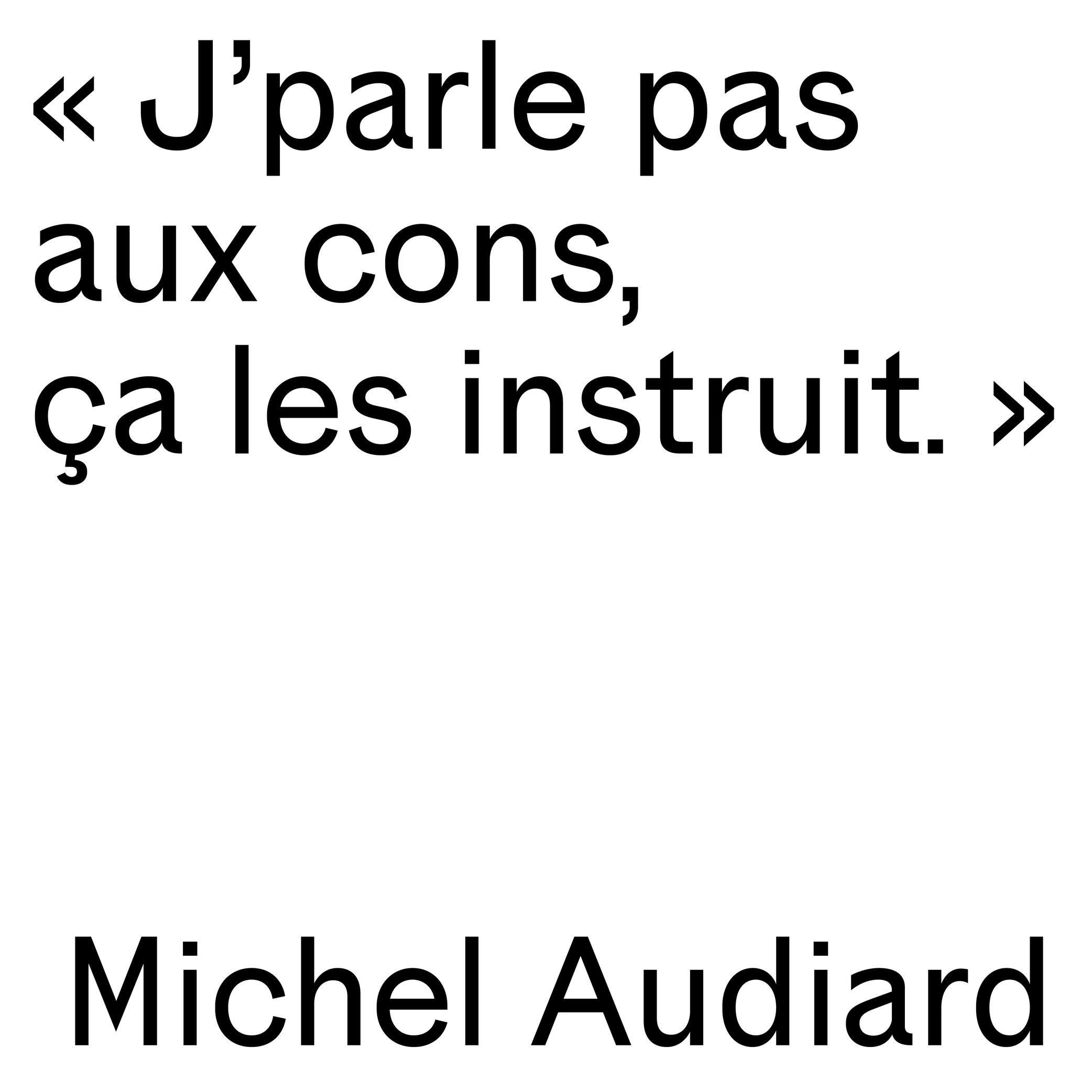Guillemet

Sponsored by Formagari . Typeface in use: Modale Antique , designed by Emmanuel Besse, 2024.
FUNCTION
Guillemets (or chevron quotes) are quotation marks used in multiple European languages, such as French, Portuguese and Italian.
HISTORY
It is difficult to track down the origins of guillemets, but one of the earliest books using those dates back from 1527 by Dutch/Belgian printer Josse Badius, in which quotes were introduced. They may have been invented by French printer and punchcutter Guillaume Le Bé (1525–1598), after whom they were named: ‘guillemet’ as short for ‘Guillaume.’
DESIGN
Guillemets are shaped like small arrowheads vertically centred with the characters. In the Latin script, guillemets are placed in between the baseline and x-height by default. They can be centered between the baseline and capital height as case sensitive alternates to be better aligned with capital letters.
TYPOGRAPHIC RULES
Depending on the language, they are either pointing inward or outward of a quote, double or single (single guillemets are used as secondary quotes), followed by a space or without. Some examples here:
- « French » or ‹ French ›
- «Italian»
- »Danish«
Note: comma-shaped quotation marks “like these” are standardized in English.
Notes
UNICODE
LEFT-POINTING DOUBLE ANGLE QUOTATION MARK: U+00AB
RIGHT-POINTING DOUBLE ANGLE QUOTATION MARK: U+00BB
SINGLE LEFT-POINTING ANGLE QUOTATION MARK: U+2039
SINGLE RIGHT-POINTING ANGLE QUOTATION MARK: U+203A